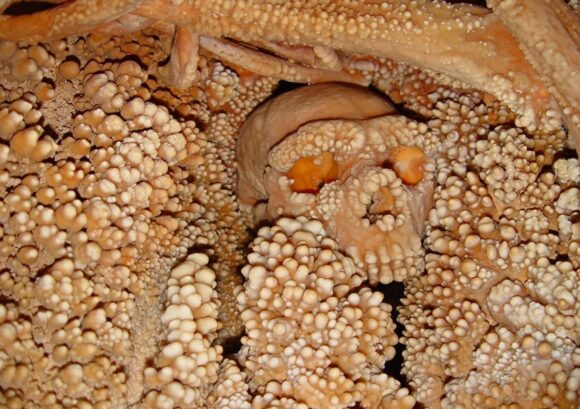Reading Kindred by Rebecca Wragg Sykes for New Scientist, 19 August 2020
How we began to unpick our species’ ancient past in the late 19th century is an astounding story, but not always a pretty one. As well as attaining tremendous insights into the age of Earth and how life evolved, scholars also entertained astonishingly bad ideas about superiority.
Some of these continue today. Why do we assume that Neanderthals, who flourished for 400,000 years, were somehow inferior to Homo sapiens or less fit to survive?
In Kindred, a history of our understanding of Neanderthals, Rebecca Wragg Sykes separates perfectly valid and reasonable questions – for example, “why aren’t Neanderthals around any more?” – from the thinking that casts our ancient relatives as “dullard losers on a withered branch of the family tree”.
An expert in palaeolithic archaeology, with a special interest in the cognitive aspects of stone tool technologies, Sykes provides an fascinating and detailed picture of a field transformed almost out of recognition over the past thirty years. New technologies involve everything from gene sequencing, isotopes and lasers to powerful volumetric algorithms. Well-preserved sites are now not merely dug and brushed: they are scanned and sniffed. High-powered optical microscopes pick out slice and chop marks, electron beams trace the cross-sections of scratches at the nano-scale, and rapid collagen identification techniques determine the type of animal from even tiny bone fragments.
The risk with any new forensic tool is that, in our excitement, we over-interpret the results it throws up. As Sykes wisely says, “A balance must be struck between caution and not ignoring singular artefacts simply because they’re rare or wondrous.”
Many gushing media stories about our ancient ancestor don’t last beyond the first news cycle: though Neanderthals may have performed some funerary activity, they didn’t throw flowers on their loved ones’ graves, or decorate their remains in any way. Other stories, though, continue to accumulate a weight of circumstantial evidence. We’ve known for some years that some Neanderthals actually tanned leather; now it seems they may also have spun thread.
An exciting aspect of this book is the way it refreshes our ideas about our own place in hominin evolution. Rather than congratulating other species when they behave “like us”, Sykes shows that it is much more fruitful to see how human talents may have evolved from behaviours exhibited by other species. Take the example of art. We may ask whether the circular stone assemblies, discovered in a cave near Bruniquel in southern France in 2016, were meant by their Neaderthal creators as monuments? We may wonder, what is the significance of the Neanderthal handprints and ladder designs painted on the walls of three caves in Spain? In both cases, we’d be asking the wrong questions, Sykes says: While undoubtedly striking, Neanderthal art “might not be a massive cognitive leap for hominins who probably already understood the idea of representation.” Animal footprints are effectively symbols already, and even simple tracking “requires an ‘idealised’ form to be kept in mind.”
Captive chimpanzees, given painting materials, enjoy colouring and marking surfaces, though they’re not in the least bit invested in the end result of their labours. So the significance and symbolism of Neanderthal art may simply be that Neanderthals had fun making it.
The Neanderthals of Kindred are not cadet versions of ourselves. They don’t perform “primitive burials”, and they don’t make “proto-art”. They had their own needs, urges, enjoyments, and strategies for survival.
They were not alone and, best of all, they have not quite vanished. Neanderthal nuclear DNA contains glimmers of very ancient encounters between them and other hominin species. Recent research suggests that interbreeding between Neaderthals and Denisovans, and Neanderthals and and Homo sapiens, was effectively the norm. “Modern zoology’s concept of allotaxa may be more appropriate for what Neanderthals were to us,” Sykes explains. Like modern cattle and yaks, we were closely related species that varied in bodies and behaviours, yet could also reproduce.
Neanderthals were never very many. “”At any point in time,” Sykes says, “there may have been fewer Neanderthals walking about than commuters passing each day through Clapham Common, London’s busiest train station.” With dietary demands that took a monstrous toll on their environment, they were destined to flame brightly and flame out. That doesn’t make them less than thus. It simply makes them earlier.
They were part of our family, and though we carry some part of them inside us, we will never see their like again. This, for my money, is Sykes’s finest achievement. Seeing Neanderthals through her eyes, we cannot but mourn their passing.

